When I think of Sunday lunches as a child, I think of this dish. I guess you could say this was our family’s equivalent of a Sunday roast. My mum would often prepare this when we had friends over and it has always been one of my all time favourite meat dishes. When I moved to Australia I had to get used to many things (and I still am… I guess it is a never ending process)… among all these adjustments I had to “rediscover” the different cuts of meat. It may sound strange to you, but many of the cuts of meat that are so common in Italy do not exist in Australia. Why? I don’t know. I guess it is all based on what people traditionally eat. Obviously, the contrary is true as well and you can find cuts of meat here that are unknown in Italy. Anyhow… at the beginning I was quite overwhelmed and I used to buy some of the meat we regularly eat in the Italian area, where butchers know how to cut a beef schnitzel to make cotolette (which HAS to be thin and not the 1.5 cm – 0.6 inches steak you find at the local supermarket). But slowly I also began to experiment and discover I could substitute some of the traditional cuts with others I had never used, obtaining great results. This dish is an example of these discoveries. For 5 years I had not made it, thinking it was impossible to find the right meat… until I saw flank steak (which I do not recall ever seeing in Italy). Then it struck me that it could easily be flattened and rolled. I tried it and I was soooo happy with the results that I actually think flank steak is better than the original cut for this dish. The meat is so soft and juicy and it keeps the filling nicely tight inside. This is a traditional Sicilian recipe (so this will be the Regional Italian recipe for this week), and it can be made in a few different ways. If you google it, you will see that many people also put boiled eggs in the filling. I think they look very pretty, but I do not like boiled eggs… so I never put them in mine. The recipe I am going to share with you today is my family’s and I hope you enjoy it as much as we do. We finally have our Sunday meal back! 🙂
Ingredients:
1 kg – 2.2 lbs. flank steak
4 sage leaves, ½ tbsp rosemary leaves, 2 bay leaves
2 tbsp exta virgin olive oil
2 tbsp vegetable oil (I use sunflower)
80 ml – 2.7 oz. white wine
¼ tsp salt
150 ml – 5 oz. beef stock
1 onion
For the filling
150 gms – 5.3 oz. bread crumbs
4 tbsp Pecorino Romano, thinly grated
100 gms – 3.5 oz. salami, sliced
5 tbsp exta virgin olive oil
130 gms – 4.5 oz. provolone, sliced
¾ tsp salt
1 tbsp onion, chopped
Start by preparing the flank steak. You need to flatten it until it gets to 1.5 cm – 0.6 inches of thickness. To do so, you need to butterfly the flank steak using a sharp knife. Do this very carefully, trying not to tear the meat (or cut your hands!). Then, flatten it some more, using a meat mallet.
Now you can prepare the filling. Mix the chopped onions, breadcrumbs, salt and extra virgin olive oil in a bowl. Put the flank steak on a sheet of baking paper and sprinkle the breadcrumb mixture all over the meat. Add the salami and provolone slices and sprinkle the thinly grated Pecorino Romano over the top.
Roll the flank steak tight with the help of the baking paper, tucking the sides in. Then, using some butchers’ string, tie the roll by knotting the string tightly at one end and wrapping it tightly all around the meat. Make a knot at the other end to secure the string.
Put some vegetable oil in a frying pan and let it heat. When hot, put in the falsomagro and fry it on all sides. In the meantime, prepare a pot with 2 tbsp of extra virgin olive oil, sage, bay leaves, rosemary leaves and 1 peeled onion.
Let it heat on a low flame and after 2 minutes add the seared falsomagro. Pour the white wine on it and, after the alcohol has burnt off, add the salt and stock.
Cover and let it cook on a slow fire for about 1 and a half hour. Add some more stock if required during cooking. When cooked, let it cool down and then cut it in thick slices (around 1.5 cm – 0.6 inches).
Re-heat it before serving it with its gravy and some mash potatoes.
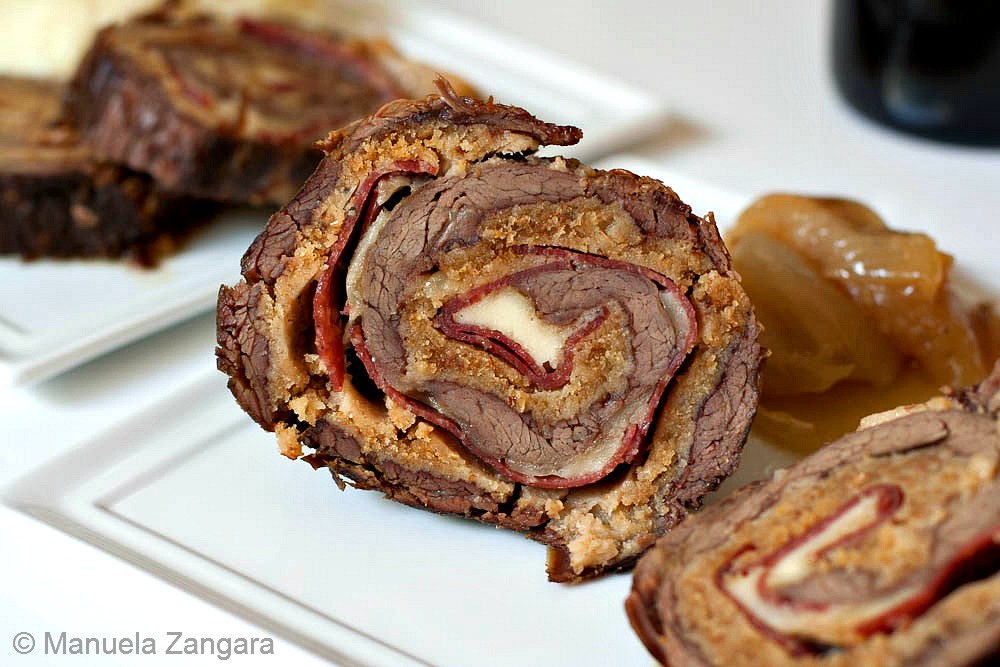
Falsomagro
Ingredients
- 1 kg – 2.2 lbs. flank steak
- 4 sage leaves ½ tbsp rosemary leaves, 2 bay leaves
- 2 tbsp extra virgin olive oil
- 2 tbsp vegetable oil I use sunflower
- 80 ml – 2.7 oz. white wine
- ¼ tsp salt
- 150 ml – 5 oz. beef stock
- 1 onion
For the filling
- 150 gms – 5.3 oz. breadcrumbs
- 4 tbsp Pecorino Romano thinly grated
- 100 gms – 3.5 oz. salami sliced
- 5 tbsp extra virgin olive oil
- 130 gms – 4.5 oz. provolone sliced
- ¾ tsp salt
- 1 tbsp onion chopped
Instructions
-
Start by preparing the flank steak. You need to flatten it until it gets to 1.5 cm – 0.6 inches of thickness. To do so, you need to butterfly the flank steak using a sharp knife. Do this very carefully, trying not to tear the meat (or cut your hands!). Then, flatten it some more, using a meat mallet.
-
Now you can prepare the filling. Mix the chopped onions, breadcrumbs, salt and extra virgin olive oil in a bowl. Put the flank steak on a sheet of baking paper and sprinkle the breadcrumb mixture all over the meat. Add the salami and provolone slices and sprinkle the thinly grated Pecorino Romano over the top.
-
Roll the flank steak tight with the help of the baking paper, tucking the sides in. Then, using some butchers’ string, tie the roll by knotting the string tightly at one end and wrapping it tightly all around the meat. Make a knot at the other end to secure the string.
-
Put some vegetable oil in a frying pan and let it heat. When hot, put in the falsomagro and fry it on all sides. In the meantime, prepare a pot with 2 tbsp of extra virgin olive oil, sage, bay leaves, rosemary leaves and 1 peeled onion.
-
Let it heat on a low flame and after 2 minutes add the seared falsomagro. Pour the white wine on it and, after the alcohol has burnt off, add the salt and stock.
-
Cover and let it cook on a slow fire for about 1 and a half hour. Add some more stock if required during cooking. When cooked, let it cool down and then cut it in thick slices (around 1.5 cm – 0.6 inches).
-
Re-heat it before serving it with its gravy and some mash potatoes.


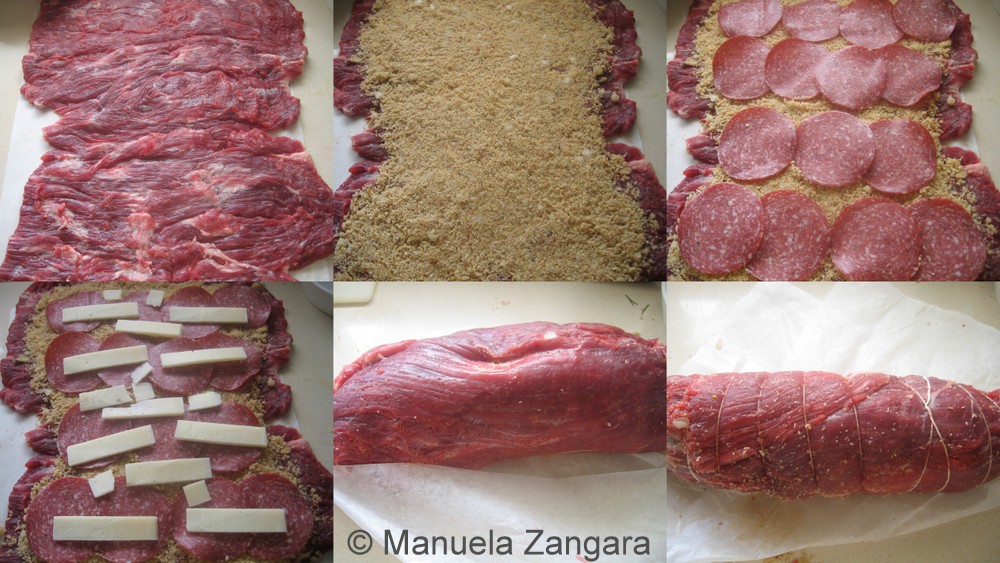
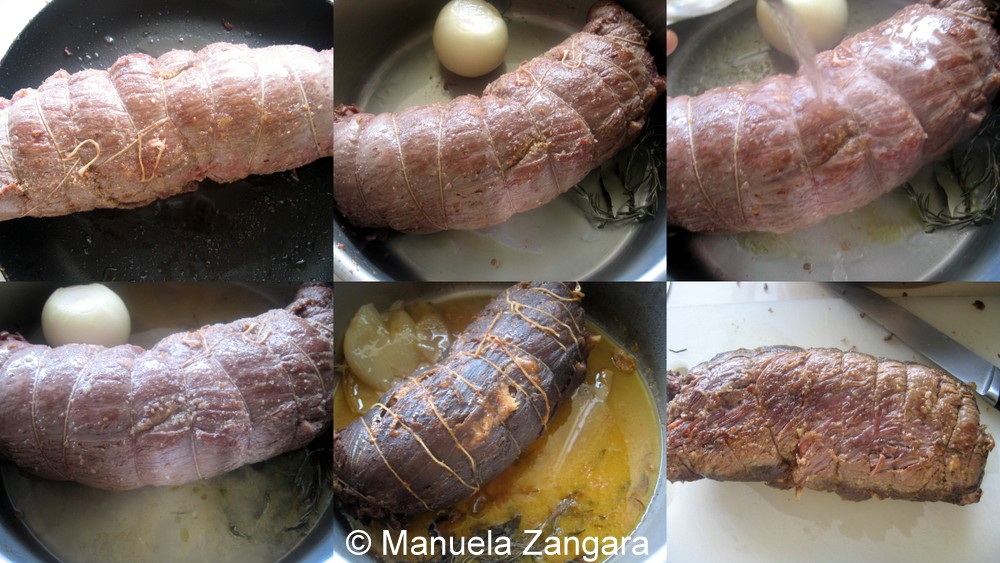
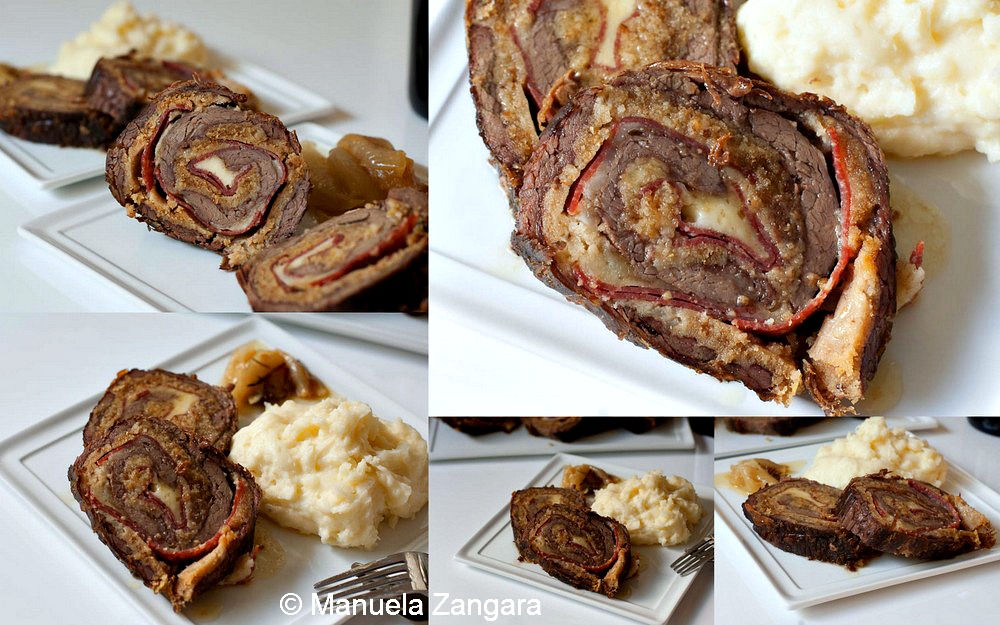
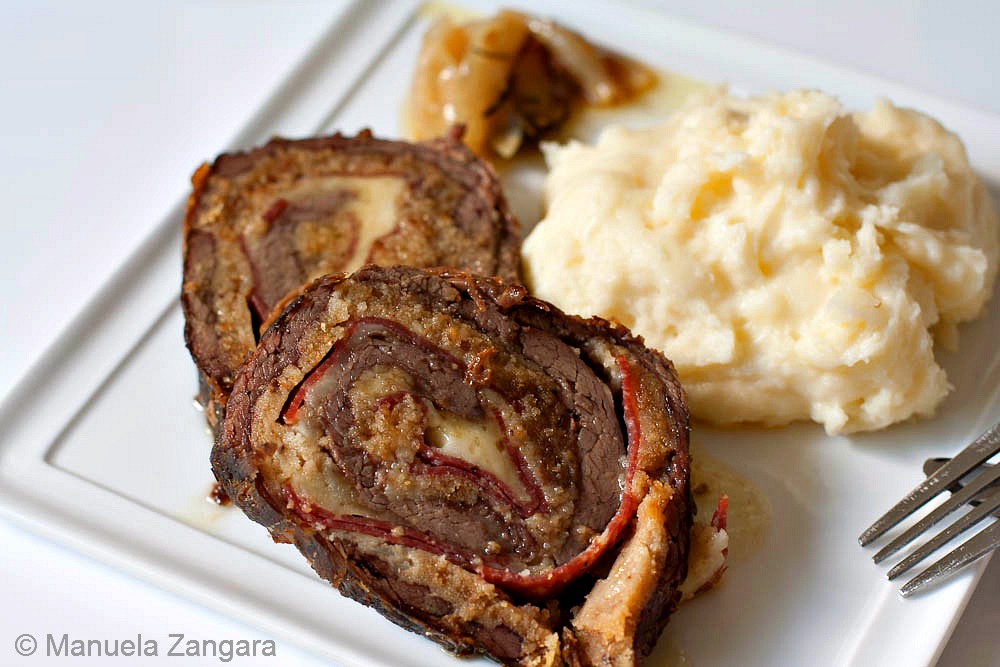




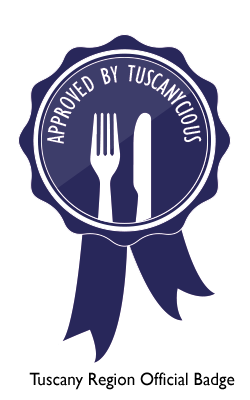

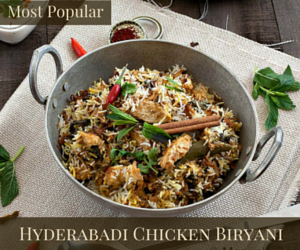




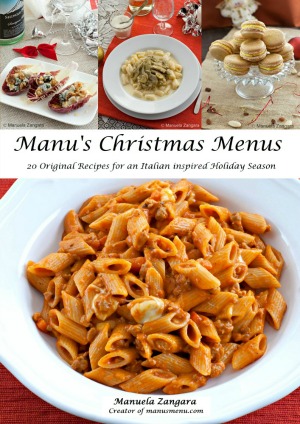






It’s lovely to see your family traditions being resurrrected. It looks like a great Sunday roast.
OMG! The moment I saw the first photo I was back in Europe as a child. Since I come from the northern climes I do not know the equivalent recipe from there, and, I am certain it did not include Italian cheeses and salami, but this kind of a braised roll gives me goosebumpy memories. Good ones!! Thank you for the recipe: it will be attempted as soon as I can put my mitts on the ingredients 🙂 !
I know what you mean..not just different cuts of meat, there other things missing here.. 🙂 But your stuffed flank steak looks amazing!
I love this! I found a version of this recipe in an Italian-American winery cookbook (in Napa, CA) years ago and have made it several times, but it’s been a while. I’m delighted to be reminded of it.
P.S. Your readers might be interested to learn that falso magro is translated to ‘false lean’ which is self-explanatory when you see the interior.
Flank steak is my favorite cut of beef, provolone, a good provolone, one of my favorite cheese and I keep salami in the freezer and throw it into as many dishes as possible. HUM – do you think I would like – LOVE – this? Hell yea! Can definitely understand why it’s one of your favorites!
It is so true, I often have the same problem with cuts of meat. For example, I keep seeing all those lovely posts from Australia of pork belly and would not really know where to start here.
hehehehe I know! I have never seen pork belly in Italy! And I had never eaten it before moving here! I don’t think it is the same as pancetta…
Looks yummy!
I will try using flank steak too! Great idea!
If I wanted to add braciole’s to a spaghetti meat gravy at what point would I do that without over cooking them? I’m sure they should simmer, but how long? I would leave them in the gravy cooking for 3+ hours so they were completely saturated inside. Live in Oklahoma so beef cuts are not a problem but to get the best Italian cheeses and salami and on and on is impossible.
Hi Frank! You could follow the steps in this recipe: http://www.manusmenu.com/cavatelli-con-ragu-di-maiale and just substitute the pork braciole with beef. 🙂 The cooking time will depend on how big your braciole are. If you use a thin cut (similar to the pork I used in the cavatelli recipe) 1 hour would suffice, if you use flank steak then it is better to cook them for 2+ hours. You should put the braciole in the sauce as soon as it starts to simmer. I hope it helps! 🙂
Fantastic version!! This recipe brought me straight home to mums Sunday lunch of homemade spagetti or macroni (whichever dad made that morning) and un sassa fetta fresca con falsomagro!!!! Mum used to also cut the steak and make individual falsomagro.. My favorite was also with a hard boiled egg in middle… Thank you!!